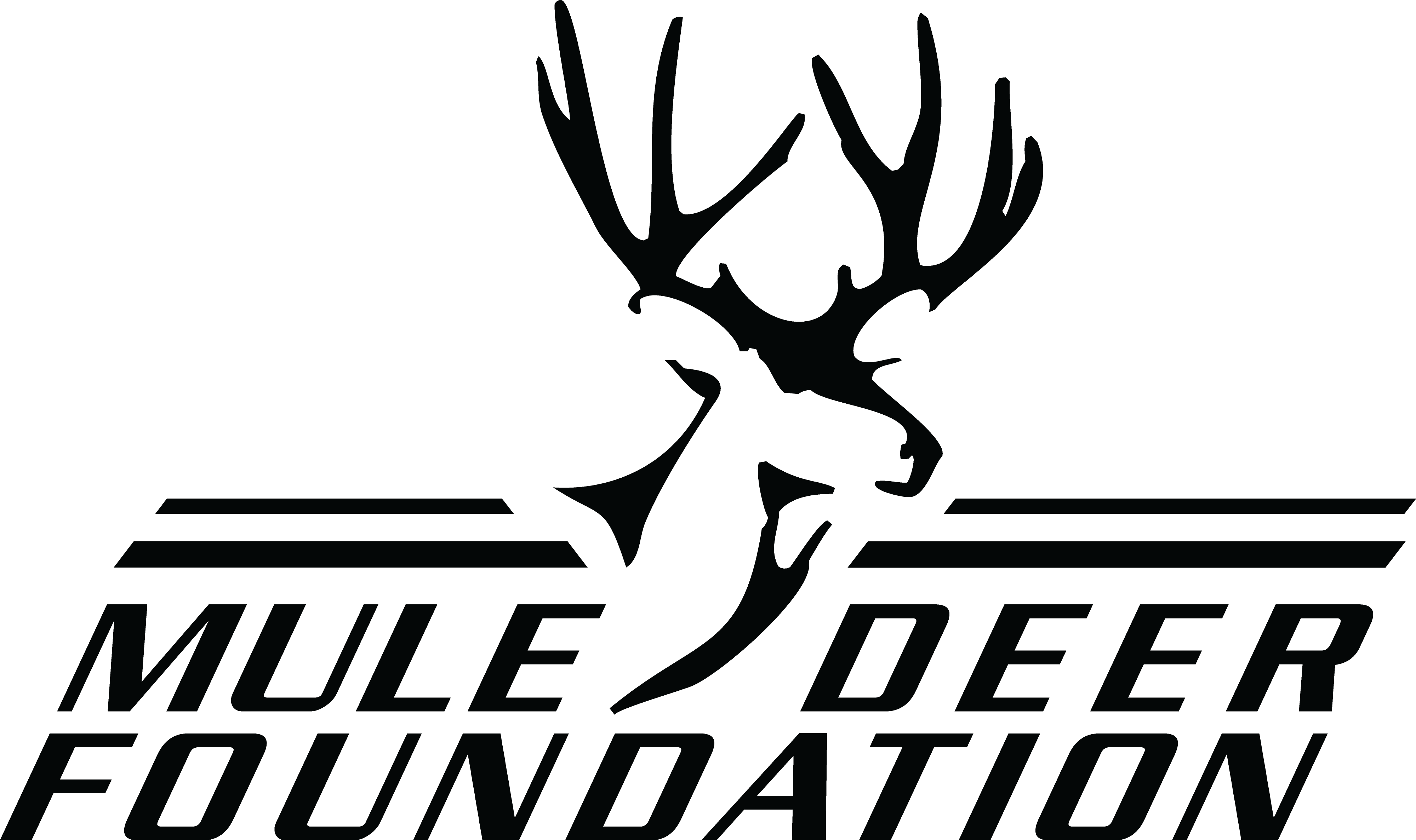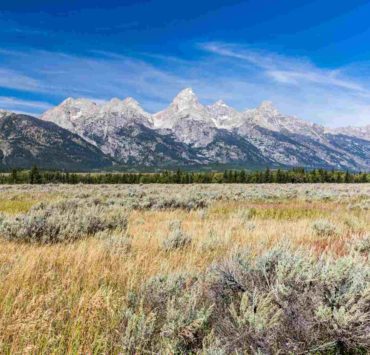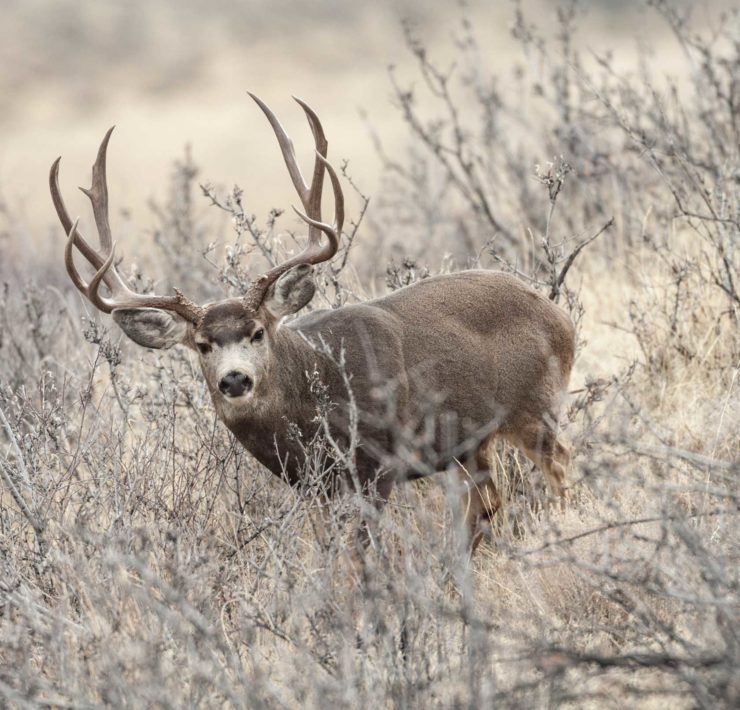Utah Migration Initiative Receives Conservation Permit Funding
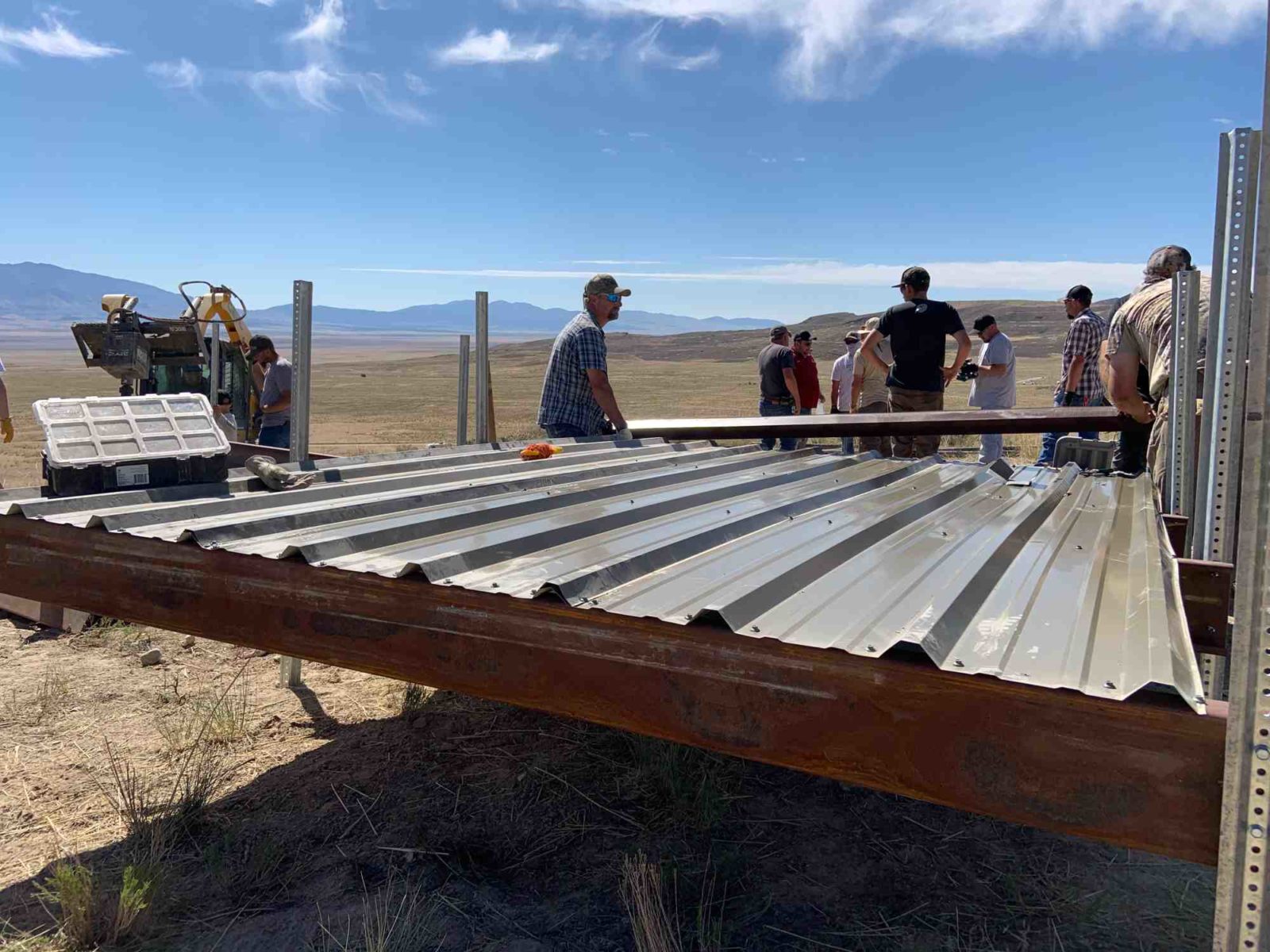
The Mule Deer Foundation is the only conservation group in…
Utah Conservation Permit Funding Raised During Western Hunting & Conservation Expo Allocated to Mule Deer Conservation Projects
The Mule Deer Foundation (MDF) announced today that $1.06 million was allocated for mule deer conservation projects through Utah’s Watershed Restoration Initiative. The funding was generated from the sale of Utah Conservation Permits and money raised from the 200 tag drawing hosted during the Western Hunting and Conservation Expo in February. A variety of projects were funded that will benefit mule deer, elk, antelope, moose, turkeys, and sage grouse throughout the five Utah Division of Wildlife Resources (DWR) administrative regions.
“The Mule Deer Foundation is thrilled to help fund projects that address critical limiting factors to the health of Utah’s mule deer herd. These projects also provide benefits for numerous other wildlife that use these same habitats, as well as the people and communities that depend on the landscapes in our state,” said MDF President/CEO Joel Pedersen.
Of the funding, $70,000 was allocated through MDF for the Utah Migration Initiative, a program MDF has supported financially since it was launched in 2017. This initiative has supported DWR radio collaring efforts in order to determine survival rates, home ranges, habitat use, body condition, and migration routes. This information will serve as a foundation for future habitat restoration projects, as well as working with the Utah Department of Transportation and land management agencies to protect wildlife migration routes in Utah.
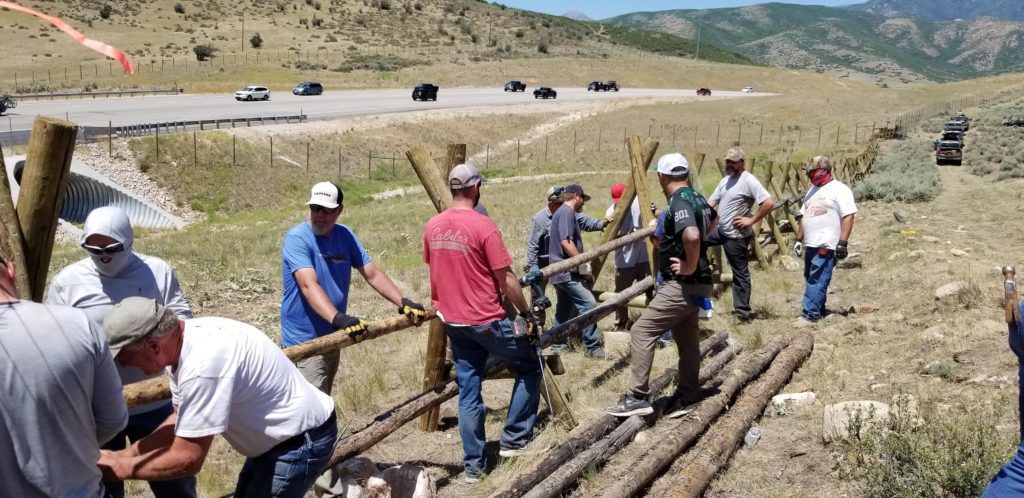
“We have learned a great deal through the Utah Migration Initiative research, including that our deer are not coming into the winter in optimal body condition,” commented Jeremy Anderson, MDF’s Utah regional director. “As a result, we have directed significant funding to help improve habitat on summer ranges for the Book Cliffs and Boulder Mountain herds. In addition, we allocated $30,000 for chapter-led projects to plant shrubs in the Santaquin and Levan Wildlife Management Areas to improve forage in important mule deer winter range habitat.”
Research has indicated that the Book Cliffs and Boulder Mountain herds have poor body condition and fawn recruitment is extremely low. As a result, $25,000 was allocated through MDF for the Boulder Mountain Landscape Health Improvement project that aims to do vegetation treatments in the spruce-fir, mixed conifer, and ponderosa pine ecosystems on 65,330 acres in the Fishlake National Forest. The targeted acres are overgrown, and treatments will improve wildlife habitat, while reducing the risk of catastrophic wildfire and the potential of insect and disease outbreak. A study of the Book Cliffs deer and elk herds will help biologists find a determining factor why populations have declined in recent years. Adult and neonate mule deer and elk will be captured to determine the nutritional condition of adults and to use radio telemetry to understand habitat use of the captured animals and evaluate survival and cause-specific mortality. Other funds were allocated to use as matching funds for MDF’s Burnt Beaver and Bear River stewardship projects on the Uintas. This funding will support ongoing efforts to improve forest health and reduce the risk of wildfire in important mule deer summer range.
“The projects that were funded wouldn’t be possible without the money raised through MDF banquets in Utah and the people that purchase the Conservation Permits through our fundraising auctions and participate in the 200 tag drawing,” concluded Pedersen. “These supporters are truly making a difference for mule deer and other wildlife in the state of Utah.”
The Mule Deer Foundation is the only conservation group in North America dedicated to restoring, improving and protecting mule deer and black-tailed deer and their habitat, with a focus on science and program efficiency. MDF is a strong voice for hunters in access, wildlife management and conservation policy issues. MDF acknowledges regulated hunting as a viable management component and is committed to recruitment and retention of youth into the shooting sports and conservation. Get involved in your state or become a member at www.muledeer.org or call 1-888-375-3337.


